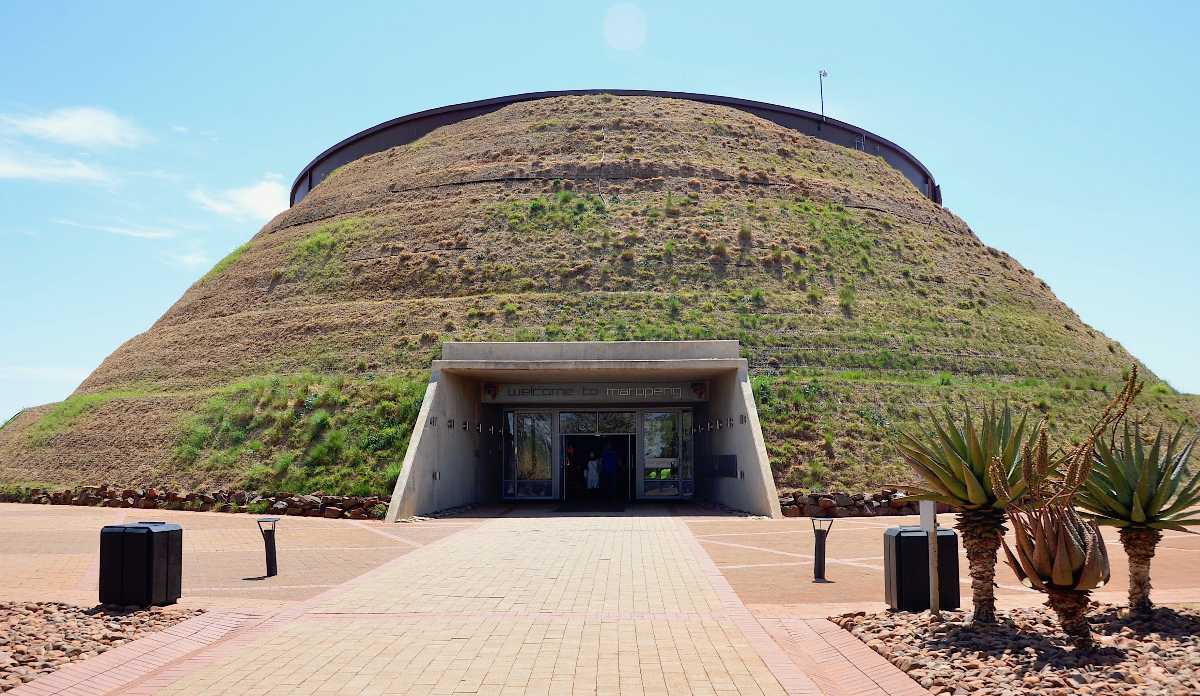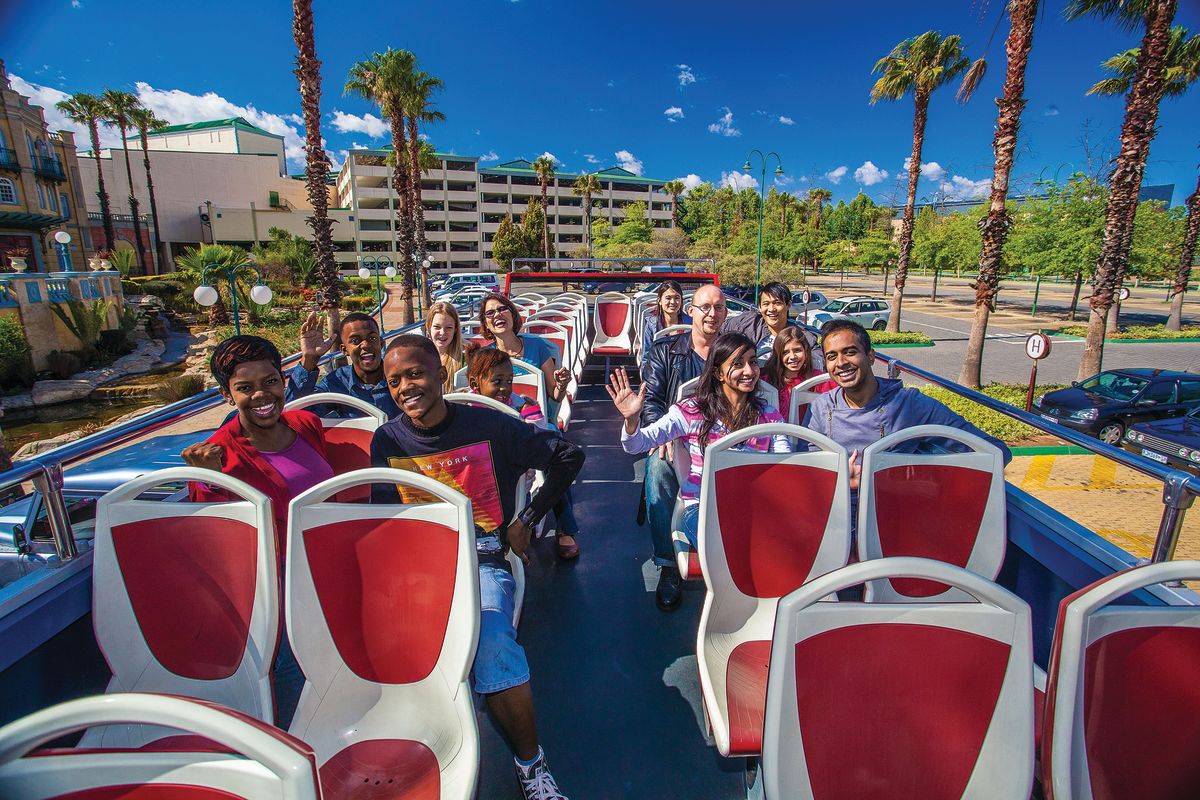The 3-Minute Rule for Johannesburg North Attractions
Table of ContentsThe Best Guide To Johannesburg North AttractionsNot known Facts About Johannesburg North AttractionsJohannesburg North Attractions for DummiesAn Unbiased View of Johannesburg North AttractionsThe Basic Principles Of Johannesburg North Attractions The Best Strategy To Use For Johannesburg North Attractions
The city grew on the side of the Witwatersrand Main Reef, a below ground stratum of gold-bearing quartz-silica corporation that arcs for hundreds of miles underneath the Highveld - Johannesburg North attractions. Most of the gold mines in the city ceased operation in the 1970s, yet in its day the Witwatersrand gold market accounted for even more than 40 percent of the globe's annual gold manufacturing.Johannesburg has a warm environment. The city delights in concerning 8 hours of sunlight per day in both winter months and summer.
What rain the city obtains falls nearly solely in the summer months, commonly in incredible late-afternoon electric tornados. Air air pollution poses a substantial issue, specifically in the winter months, when thermal inversions restrain the westward flow of air from the Indian Ocean. Contamination is most extreme in the densely worked out Black territories on the city's perimeter, where several locals still rely on coal for fuel.

The Definitive Guide for Johannesburg North Attractions
The equilibrium of the city is inhabited by whites. Accommodation varies in character and high quality. Soweto is notorious for its countless rows of municipally developed, two-room matchbox homes, yet it likewise has a couple of flourishing territories in addition to bristling squatter camps, where 10s of thousands live without water, electrical power, or sanitation facilities.
Physical development, although rather restricted by transportation, proceeded promptly as immigration to South Africa, and Johannesburg specifically, enhanced substantially. This problem was solved in the 1930s when the automobile was presented in mass manufacturing to South Africa. Autos were, essentially, constrained to the wealthy, and permitted them to move to the north of the city and commute into the centre.
The majority of inadequate residential areas were mixed, with inadequate blacks and whites cohabiting, although the affluent suburban areas were typically booked for whites. This changed with the election of the National Party in the 1948 political elections, that began to formalise the system understood as racism. Discrimination formally marked which residential areas each race might live in under the Group Locations Act.
The estimated populace of the area is 200,000, [] however the number of people living in the internal city on an informal basis is unknown, as many are prohibited immigrants. The majority of higher-income locals and white individuals have transferred to the north suburbs and have actually been changed by lower-income black people. The joblessness, education, and age profiles of the location are all unidentified, due to the difficulty of getting trustworthy information about the area.
Top Guidelines Of Johannesburg North Attractions
Yeoville and Bellevue have a mix of home buildings and single residential units on tiny go now whole lots. The area is located on a mountainous divide that ranges from east to west. The most conspicuous geographical feature is Observatory Ridge, which is called for the huge observatory situated on it. The entertainment areas are no more utilized, because of safety and security problems.

Johannesburg Arena, a training ground for both the Golden Lions and Orlando Pirates, is surrounding. The eastern suburbs of Johannesburg lie in the city's 7th [] and 9th [] regions. The area is likewise functionally incorporated with East Rand boundary communities beyond the main boundary of Johannesburg, such as Bedfordview and Edenvale (both part of Ekurhuleni Metropolitan Community).
The Greatest Guide To Johannesburg North Attractions
The eastern residential areas are some of the earliest areas of Johannesburg, there are huge areas of visit homepage Jewish and other European backgrounds, the bulk of the populace is English speaking. There are three golf courses as well as a number of protected ridges with viewsites.
The location is mostly composed of old "matchbox" homes, or four-room residences Continue developed by the federal government, that were developed to offer inexpensive holiday accommodation for black workers throughout apartheid. Soweto is an abbreviation, standing for "South Western Townships". Road after road around is lined with matchboxes; nonetheless, there are a couple of smaller areas where thriving Sowetans have developed residences that are a lot more similar in stature with those in even more affluent suburban areas.
Hostels are an additional popular physical attribute of Soweto. Originally constructed to house male migrant workers, several have been enhanced as homes for pairs and families. The N1 Western Bypass skirts the eastern boundary of Soweto. The suburb was not traditionally enabled to develop work centres within the area, so mostly all of its citizens are travelers to various other parts of the city.
Things about Johannesburg North Attractions
The N1 Western Bypass connects the northern suburban areas with the north-western suburbs. The houses in the northern suburbs are generally official, with no considerable areas of casual housing, or housing that lacks a permanent structure. This is an established location, there is a fad of land use adjustment from domestic to business, especially along main arterial roads and around established nodes.
The location is well linked to roadway networks, specifically along the north-south axis formed by the M1 and N1. Roads to the east and west are much less well created, as there are no highways travelling in that instructions. In the direction of the northern boundary of the city, the thickness of advancement lowers, leaving large areas of undeveloped land around Midrand.
Examine This Report on Johannesburg North Attractions
The very first suburb to the north of the internal city is Parktown, which lies on a hill ignoring the central city and Hillbrow. It has several wealthy residents and Edwardian-design manors, as well as the Education and learning and Clinical campuses of the University of the Witwatersrand. The big concrete Charlotte Maxeke Johannesburg Academic Health Center controls the horizon of Parktown.